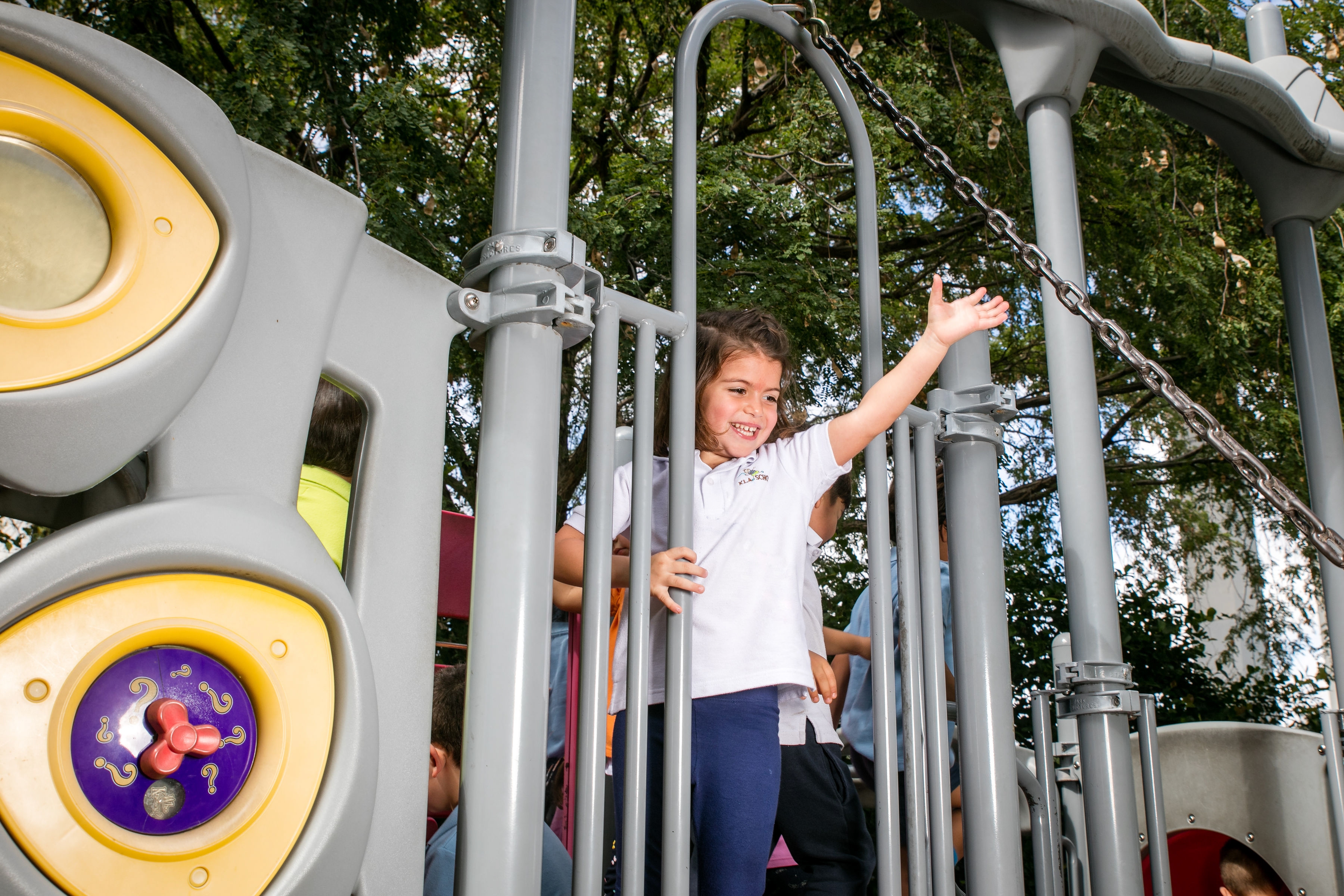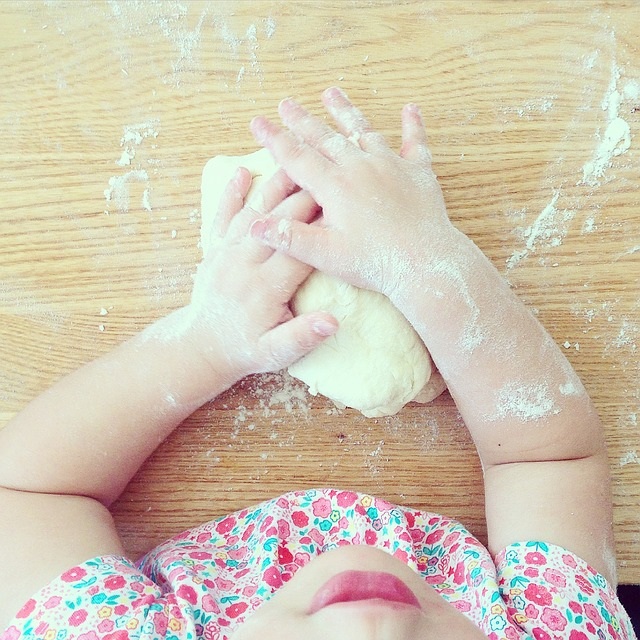Helping Your Child Learn Through Hands-on Experiences
Hands-on experiences create a crucial foundation for your young child’s learning. A recent study showed that preschoolers were less likely to explore and learn for themselves after an adult demonstrated how a toy works. The study showed that, with instruction, “children are less likely to perform potentially irrelevant actions but also less likely to discover novel information.”
So how can you encourage your child to discover useful and interesting information about the world around him? Here are our tips to help your child learn through hands-on experiences.
Introduce, but don’t control
Not only can over-instruction hinder a child’s capacity to investigate, but it can also overwhelm. Preschoolers cannot process the sort of complex, linear instructions we might be used to.
Instead, introduce your child to a toy such as a set of blocks, and then let her experiment with it and learn more about it. If your child is struggling, resist the urge to take over and help immediately. At this stage of development, using an item in the correct way is often less important than learning about the item in general.
Provide a safe learning environment
Risk is an inevitable part of the hands-on experience. This risk can be small, such as putting a puzzle piece in the wrong place, or it can be large, involving personal safety and security.
However, this risk doesn’t have to mean that hands-on learning should be avoided entirely. Instead, provide a safe environment for your child to experiment. This can be physical, such as keeping your preschooler away from a pond during a nature walk, but a secure learning environment can also be emotional. Allow your child to be open and curious, and respond to that curiosity with respect and encouragement.
Ask questions and have discussions
One way to encourage your child’s curiosity in hands-on learning is to have discussions and ask questions. Preschoolers are never at a loss for questions, and this is even more true when they are experiencing something new.
Conversation develops social, vocabulary, and emotional skills, and it’s also a great way to help your child process what she’s learning. You can ask open-ended questions such as, “How does the water feel?” or answer a question with a question: “That’s a pinecone. Is it heavy?” You can also encourage two-way conversation by creating a story around the experience. For example, if your child is looking at a picture book, you can have discussions about the images depicted in the book.
Try a sensory table
Children learn through play, and a sensory table is an ideal medium for hands-on learning. Learning that involves all the senses will help your child develop fine and gross motor skills, improve concentration and coordination, and build critical problem-solving strategies.
Your preschool may have a special sensory table set up already, which has a rim around it or bins inside it. At home, you can use a plastic tub or even a wading pool to replicate a sensory table. Fill it with items such as leaves, popcorn, tennis balls, paper, water, colored pasta, sponges, ice cubes, felt, twigs – virtually anything you can imagine. The idea is to encourage your child to use his senses to learn about the items. Ask questions and have discussions, and remember that there is no right or wrong way to use a sensory table.
Preschoolers love to play and learn about the world around them. When you encourage hands-on learning with your preschooler, you are fostering a sense of self-confidence and motivation for continued learning.

